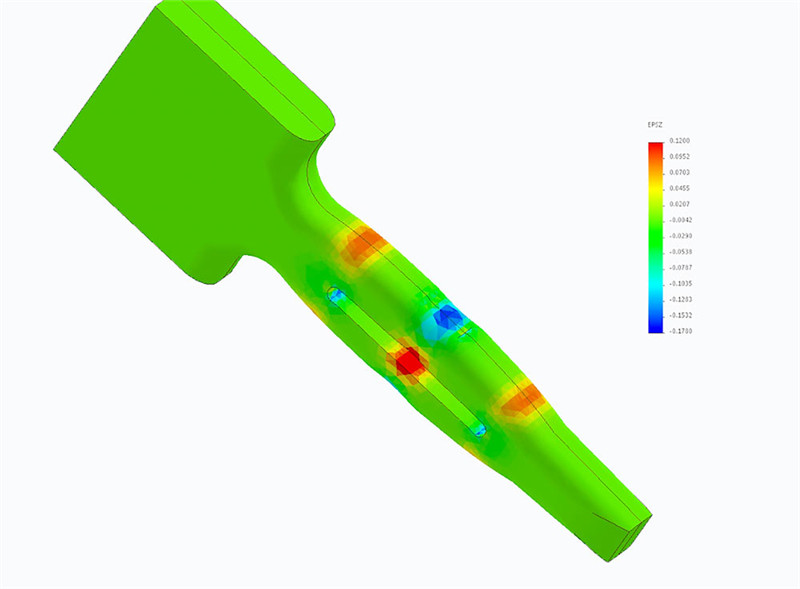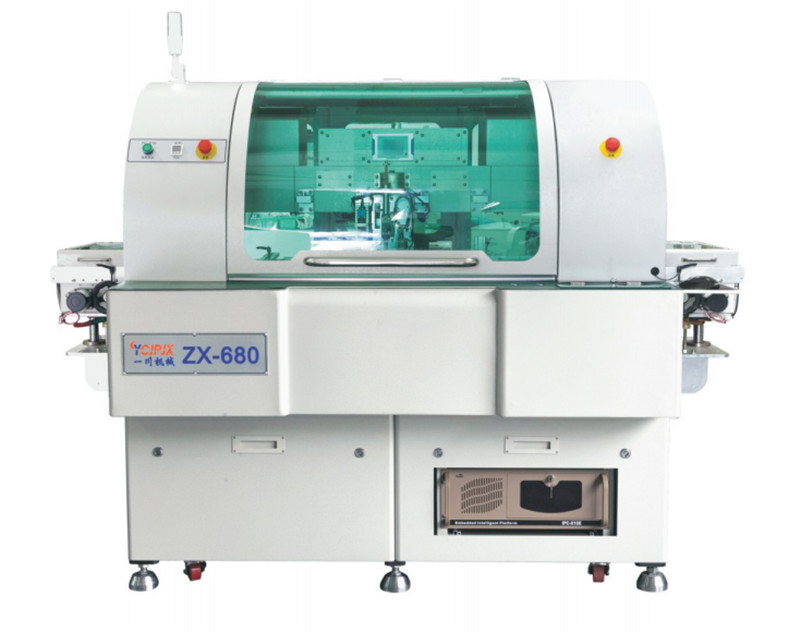The eye-of-the-needle (EON) press-fit terminal, which is designed to replace soldered terminals on printed circuit boards, has been in production at market for over a decade in 0.64mm and 0.81mm versions.


How Press-fit Works
The EON press-fit zone is notable for ensuring a reliable connection between the terminal and the plated-through-hole (PTH) of a printed circuit board (PCB) under severe automotive applications. These applications include temperature cycling from -40ᴼC to 175ᴼC, high humidity, dry heat, and vibration and harshness that are associated with vehicle sprung conditions.
The key to achieving reliability under these conditions is the formation of a gas-tight seal at the interface between the compliant zone of the terminal and the plated-through-hole. The contact interface is literally sealed off from the surrounding environment to the extent that it is impenetrable by high humidity or corrosive gas pollutants, and thus not available for formation of surface oxides. Oxides are responsible for causing high contact resistance, which may lead to system instability and possibly system failure.
The gas-tight seal is maintained by high normal forces that range from around 25,000g. 0.81mm press-fit to around 4,000g for 0.40mm press-fit. (The 0.64mm press-fit clocks in around 8,000g.) [All quoted normal forces are for nominal PTH sizes, and for tin systems.] These are extremely high normal forces, when compared with normal forces of between 100g and 200g for a typical blade-receptacle tin contact system.
The 0.4mm Press-fit
The all-new 0.4mm EON press-fit zone is designed to work with the now industry-standard plated-through-hole size of 0.60±0.05mm. The press-fit zone achieves optimum retention strength at each end of the PTH size range by employing a combination of elastic and plastic deformation, which is biased towards the former at the lower end of the PTH size range, and towards the latter at the higher end of the PTH size range. At no point is the elongation allowed to exceed the material limit, to eliminate the likelihood of micro-crack formation.
Standardized press-fit material to the high-performance CuNiSi (C19010), but will offer CuSn4 and CuSn6 if required. Additionally, the terminal will be offered in standard and reduced tin plating. The latter is especially relevant in high-density terminal applications to reduce the likelihood of tin whiskering.
Post time: Jun-22-2022
 Youtube
Youtube